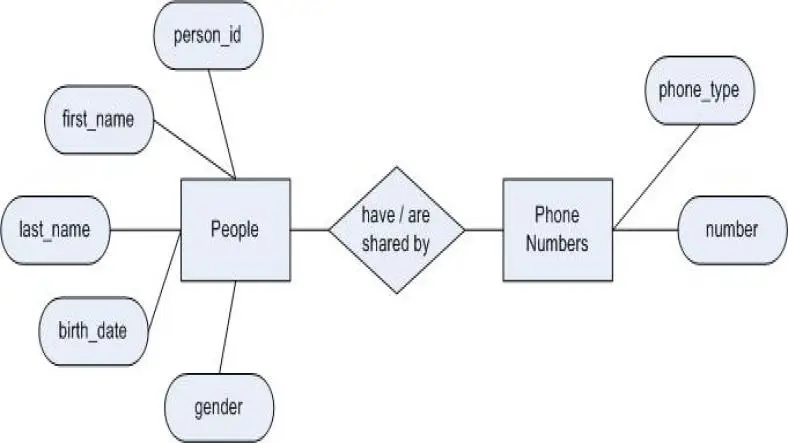SQL
We didn't find any matches: , check your search and try again
SQL Transactions Explained: Atomic Operations & Data Integrity
Implementing transactions for atomic operations is crucial in ensuring data integrity and consistency, especially in databases and concurrent applications. Here’s a high-level overview of how to implement transactions, focusing on the key concepts and techniques involved. Key Concepts Atomicity: Ensures that a series of operations either complete entirely or have no effect at all. If any
Writing Secure SQL Queries: Use Prepared Statements in PHP
Writing secure SQL queries is crucial to prevent vulnerabilities such as SQL injection. Using prepared statements is one of the best practices to ensure that your SQL queries are safe. Here’s a guide on how to do this effectively. What are Prepared Statements? Prepared statements are a feature of many database management systems (DBMS) that allow you to define a SQL query template and the
Database Design Basics: Normalization, Relationships & ER Diagrams
Database design is a critical phase in creating a robust, scalable and efficient database system. It involves structuring data in a way that ensures it can be stored, retrieved and managed effectively. Some key concepts fundamental to database design are Normalization, Relationships and Entity-Relationship (ER) Diagrams. Let's explore these concepts in detail. 1. Normalization Normalization
Implement One-to-Many & Many-to-Many Relationships in PHP
Implementing one-to-many and many-to-many relationships in a database is essential for accurately modeling real-world scenarios. Here’s a detailed look at how to set up these relationships in a relational database. One-to-Many Relationship A one-to-many relationship occurs when a single record in one table can relate to multiple records in another table. Example Scenario: Consider a User
Using Indexes to Speed Up SQL Queries
Using indexes to speed up SQL queries is an essential technique in database optimization. Here’s a concise guide on how to effectively use indexes: What Are Indexes? An index is a database object that improves the speed of data retrieval. Think of it like an index in a book, which allows you to find information quickly without scanning every page. Types of Indexes Single-Column Index: Index
Understanding SQL Query Execution Plans and Optimizing Joins
In the realm of database management, performance is paramount. One of the most effective ways to enhance SQL query efficiency is through a deep understanding of query execution plans and the optimization of joins. This article will provide a comprehensive overview of these concepts, helping you to write faster, more efficient SQL queries. What is an SQL Query Execution Plan? An SQL query execut
Designing Efficient Schemas for Web Applications
The design of an efficient database schema is crucial for the performance, scalability and maintainability of any web application. A well-designed schema ensures that your web application can handle large volumes of data, retrieve information quickly and grow with the increasing needs of your users. This article explores best practices for designing efficient schemas, focusing on the balance betw










